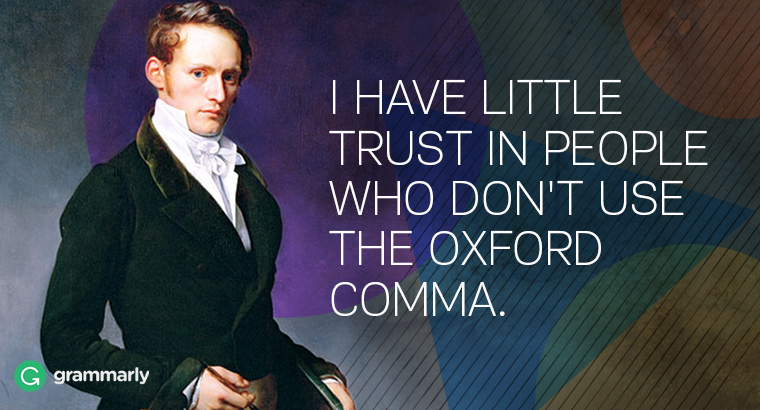The workshop I attended recently wrapped up the final meeting with: author branding was totally unnecessary. (Well, that was a total waste of my money!)
So, does Connie have a brand?
No.
Does Connie still think she needs a brand?
Yes. And no.
I know I need a memorable brand for each series that I write. However, since I write in multiple genres, I don’t know if an all-encompassing brand is possible. Or even practical.
We all know how much Connie loves to do research, enroll in online workshops, and conduct impromptu interviews with total strangers (to quote my husband, while we are in line at Souplantation, “why were you asking that man about the cost of a sleeve of tattoos? You are not going there for the sake of research). I handed him a napkin and smiled. Now was not, I decided, the time to remind him that I had my eyebrows and eyeliner enhanced with “wake-up with make-up” tasteful, but still permanent ink.
How to Design Your Author Brand
Okay, it’s scramble time. Find a piece of paper and something to write with. You can use the note app in your phone, but I think pen to paper works better in this case. (If you write under more than one pen name, just select one.)
Ready?
Write down what your author brand is. You have 10 seconds. Go!
Time’s up.
Were you able to write down your band? Did you use 6 words or less?
Good for you. You probably have a good idea of what your brand is.
If you didn’t (you are with me) don’t worry. We will go about fixing the problem.
Brands Need to Be Specific
If you failed, the above test the reasons are likely because:
1. You don’t really know what your brand is yet.
2. You are over-describing your brand and couldn’t write it all down fast/concisely enough.
Now is the time to sit and ponder. Strip away the contradictions, muddiness, superfluous.
What does a brand do? A brand is a signal to customers to know what to expect when they see it.
Once they have had experience with a brand, they (hopefully) know what to expect. Ideally this is a favorable expectation that encourages them to purchase your product, talk to their friends, and take chances on your next release.
How about a brand like this?
“Daring, Thrilling, Romantic, Action Packed.”
What if we change it to…
“Daring, Thrilling, Sexy, Action Packed”
A big difference isn’t it?
I selected very genre-esque words. This was my intention because genres play a big role in branding.
Brands are also about trust.
Remember genres and sub-genres are their own brands.
This is really important. We already have a mind-set/ expectations when we select a genre to read. If you select a “Historical” novel (unless it is a sub-genre) you do not expect or probably appreciate elements of Urban Fantasy in the story-line. Riding in stage coach, you prim-and-so proper heroine isn’t going to mesh with a hidden magical world featuring Fae, Vampires, and Werewolves. So, unless you plan on inventing your own sub-genre (SteamPunk/StoneagePunk) with a limited readership, consider what you are inheriting from your genre.
Following these guidelines, I will attempt to come up with a brand for my current Rodeo Romance Series (BLW, BooksWeLove, Ltd.).
Genre: Contemporary Romance (Lynx), Romantic Suspense (Brede), Contemporary Romance/Humor (Rand), Romantic Suspense (TBT).
I’ll go with Romance as a genre.
Now to the dictionary and thesaurus.
<Suspenseful music plays now>
Will Connie discover her ‘brand’? Will her readers like her ‘brand’?
<Music continues>
Part 2 will be posted next month 😙
Connie
Spoiler Alert: Connie has awakened the ‘inner series branding’ within her mind!
Amazon author page to purchase X






















